

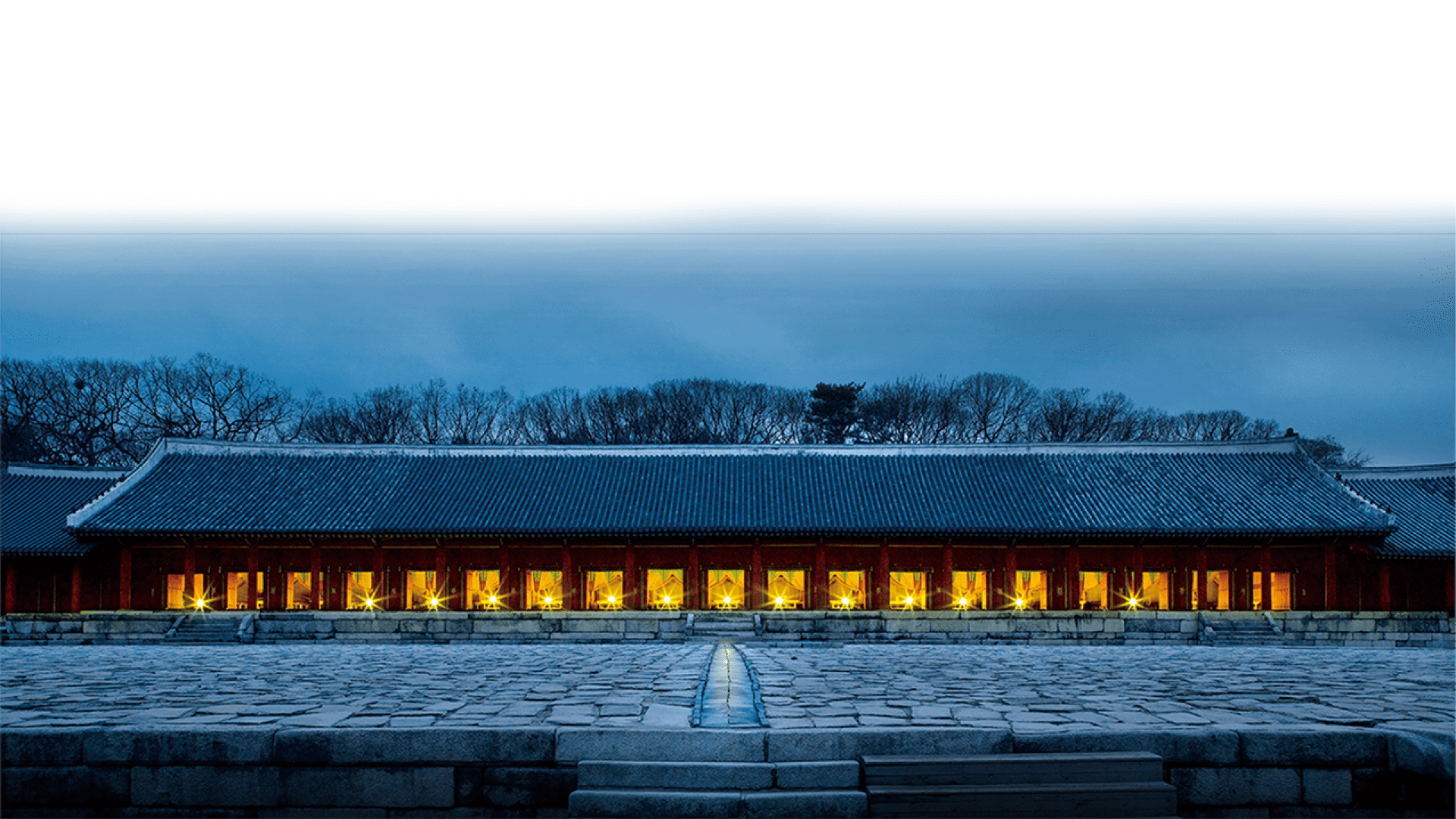

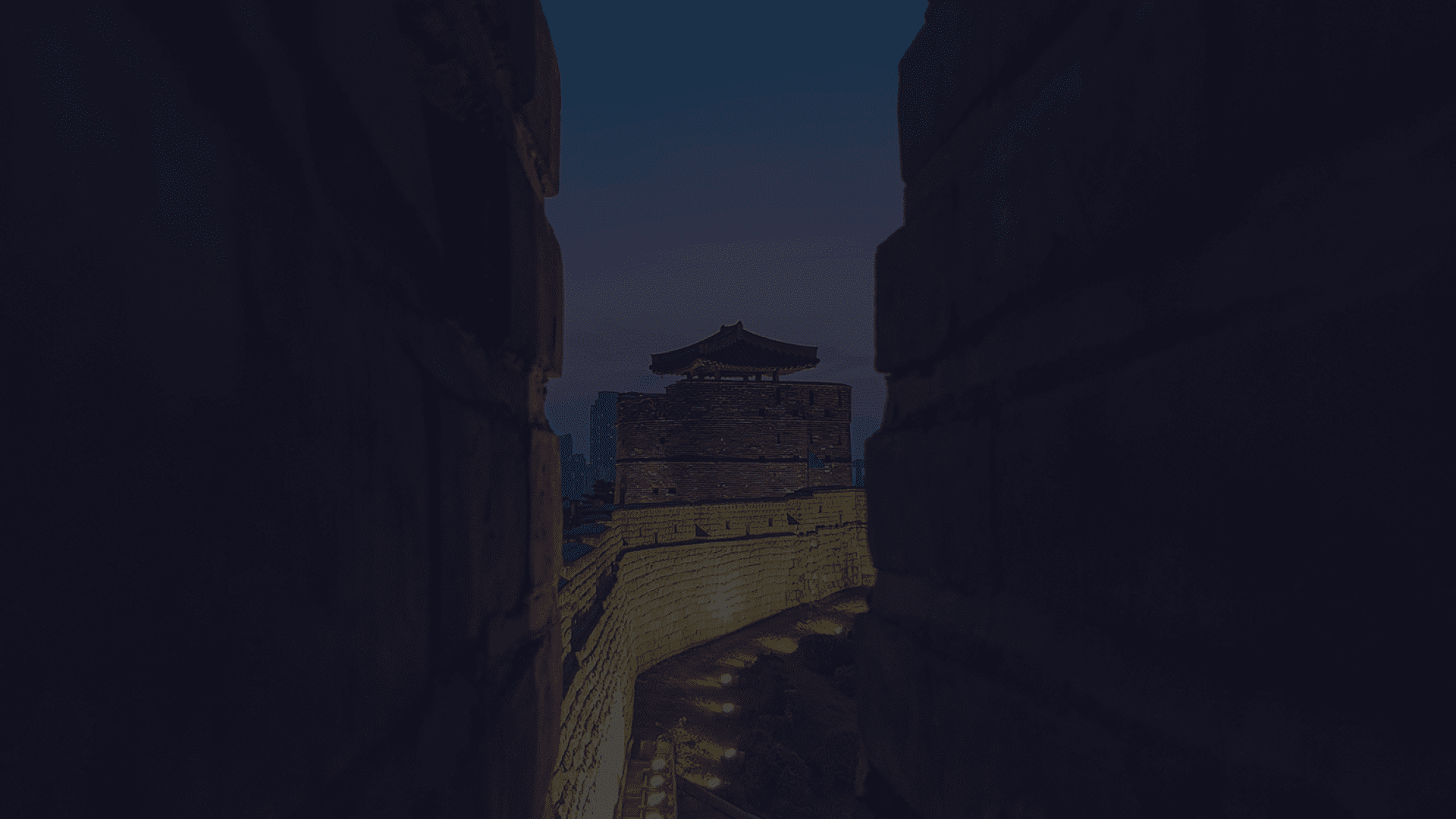


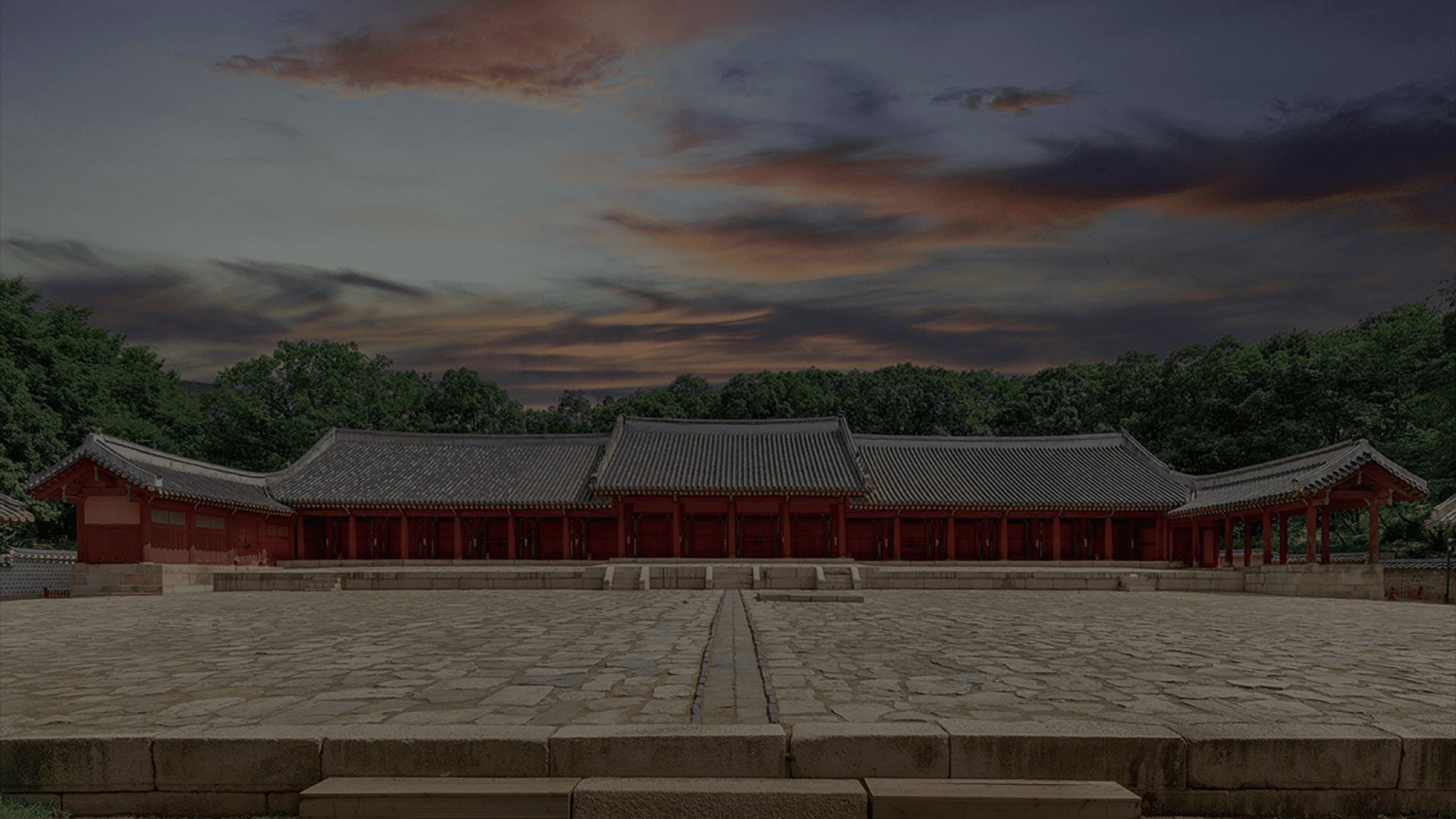






Cultural Heritage Administration, Korea Cultural Heritage Foundation, k-heritage.tv URL http://www.k-heritage.tv/main/en
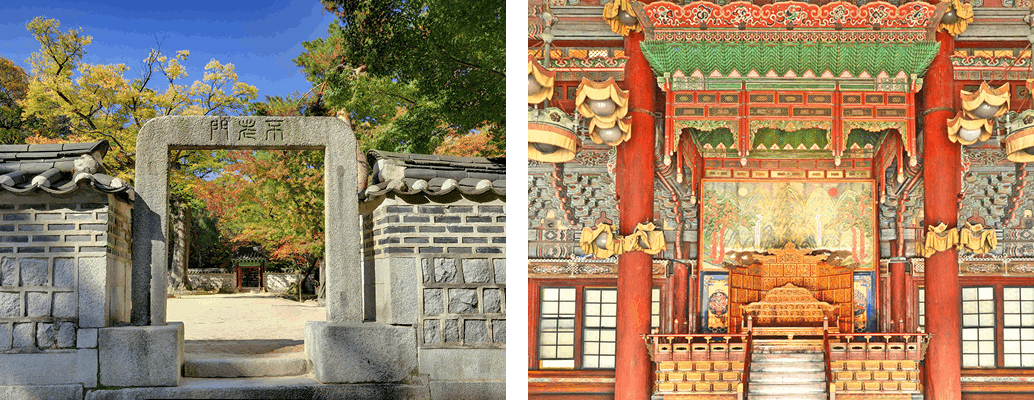



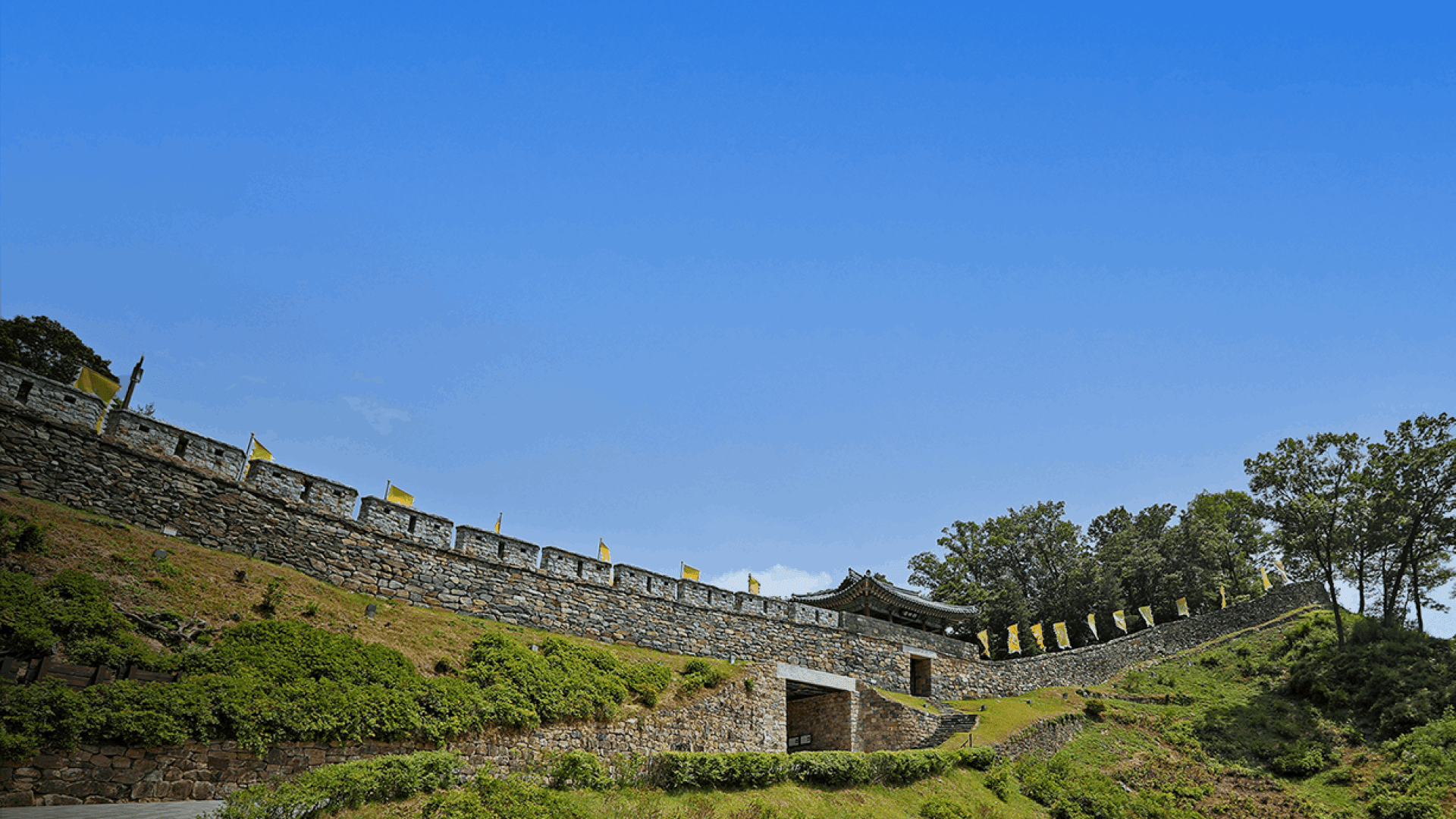




Gongju National Museum
Web: gongju.museum.go.kr
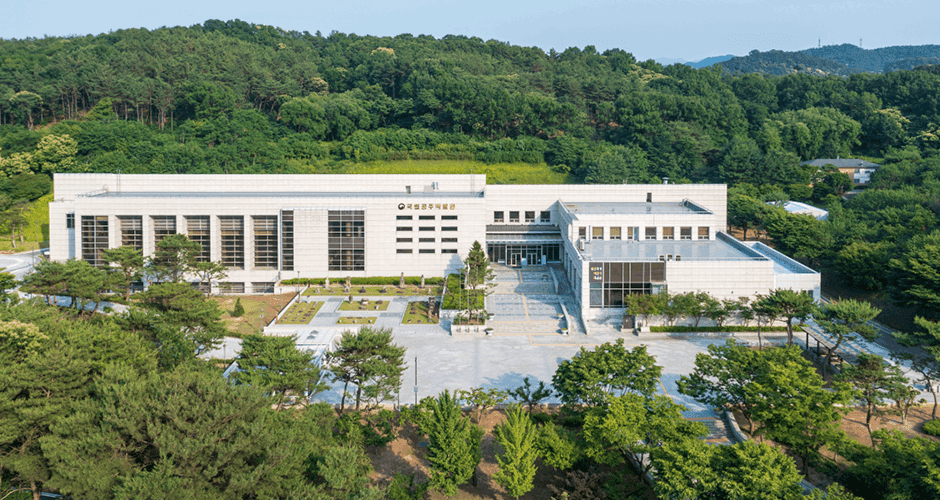
Baekje Cultural Festival
Operating hours: Annually in September and October in Gongju-si and Buyeo-gun
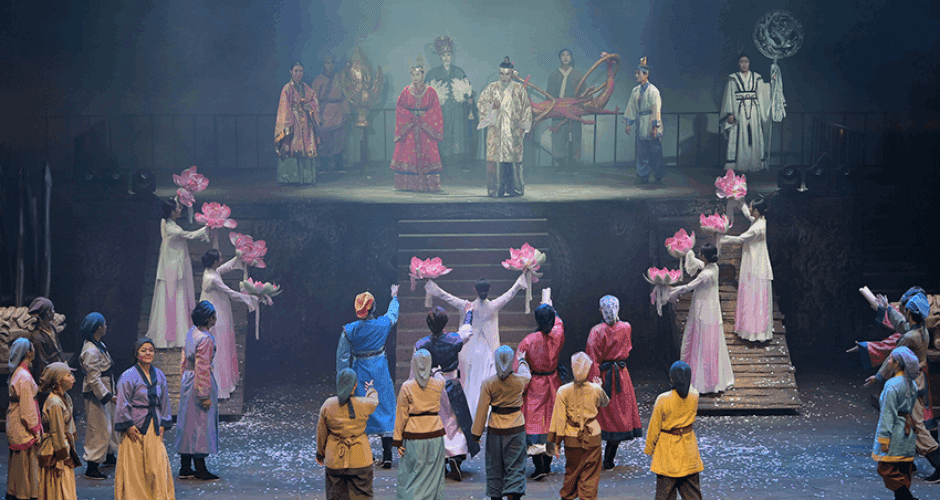
Gongsanseong Fortress
Address: 53-51 Geumseong-dong, Gongju-si, Chungcheongnam-do
Phone: 041-856-7700
Operating hours: 09:00–18:00 (Closed on Seollal & Chuseok days)
Fee: 1,200won
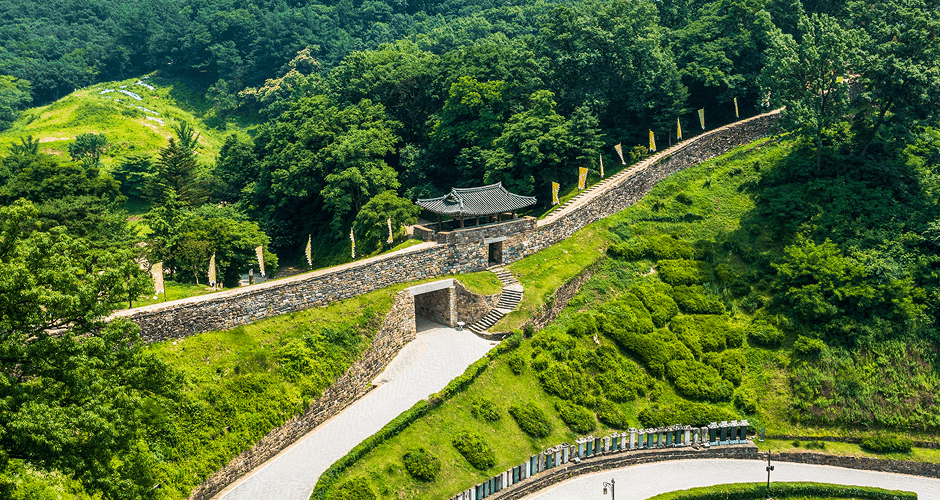
Tomb of King Muryeong and Royal Tombs
Address: Ungjin-dong, Gongju-si, Chungcheongnam-do
Phone: 041-856-3151
Operating hours: 09:00–18:00 (Closed on Seollal & Chuseok days)
Fee: 1,500won
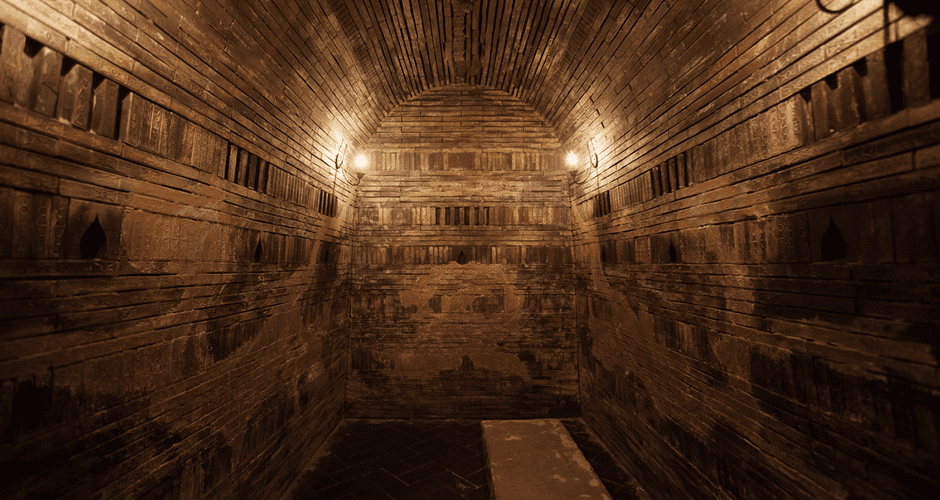
Baekje Historic Areas (Gongju)
Gongsanseong Fortress in Gongju and the Tomb of King Muryeong and Royal Tombs represent the Ungjin era. Built with a 2.6 km-long fortress wall, Gongsanseong Fortress was built to contain the royal palace. The Tomb of King Muryeong and Royal Tombs are comprised of the tomb of King Muryeong, the 25th king of Baekje (r. 501–523), and Tombs No. 1 to 6 of kings and royalties of Baekje. The Tomb of King Muryeong was discovered in 1971 in perfect condition with its tombstone and 5,232 artifacts. Reproductions of the royal tomb and excavated artifacts can be seen at the Royal Tombs Exhibition Hall.
Baekje Historic Areas (Gongju)
Gongsanseong Fortress in Gongju and the Tomb of King Muryeong and Royal Tombs represent the Ungjin era. Built with a 2.6 km-long fortress wall, Gongsanseong Fortress was built to contain the royal palace. The Tomb of King Muryeong and Royal Tombs are comprised of the tomb of King Muryeong, the 25th king of Baekje (r. 501–523), and Tombs No. 1 to 6 of kings and royalties of Baekje. The Tomb of King Muryeong was discovered in 1971 in perfect condition with its tombstone and 5,232 artifacts. Reproductions of the royal tomb and excavated artifacts can be seen at the Royal Tombs Exhibition Hall.
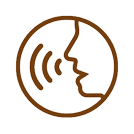
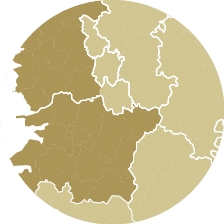
INFORMATION



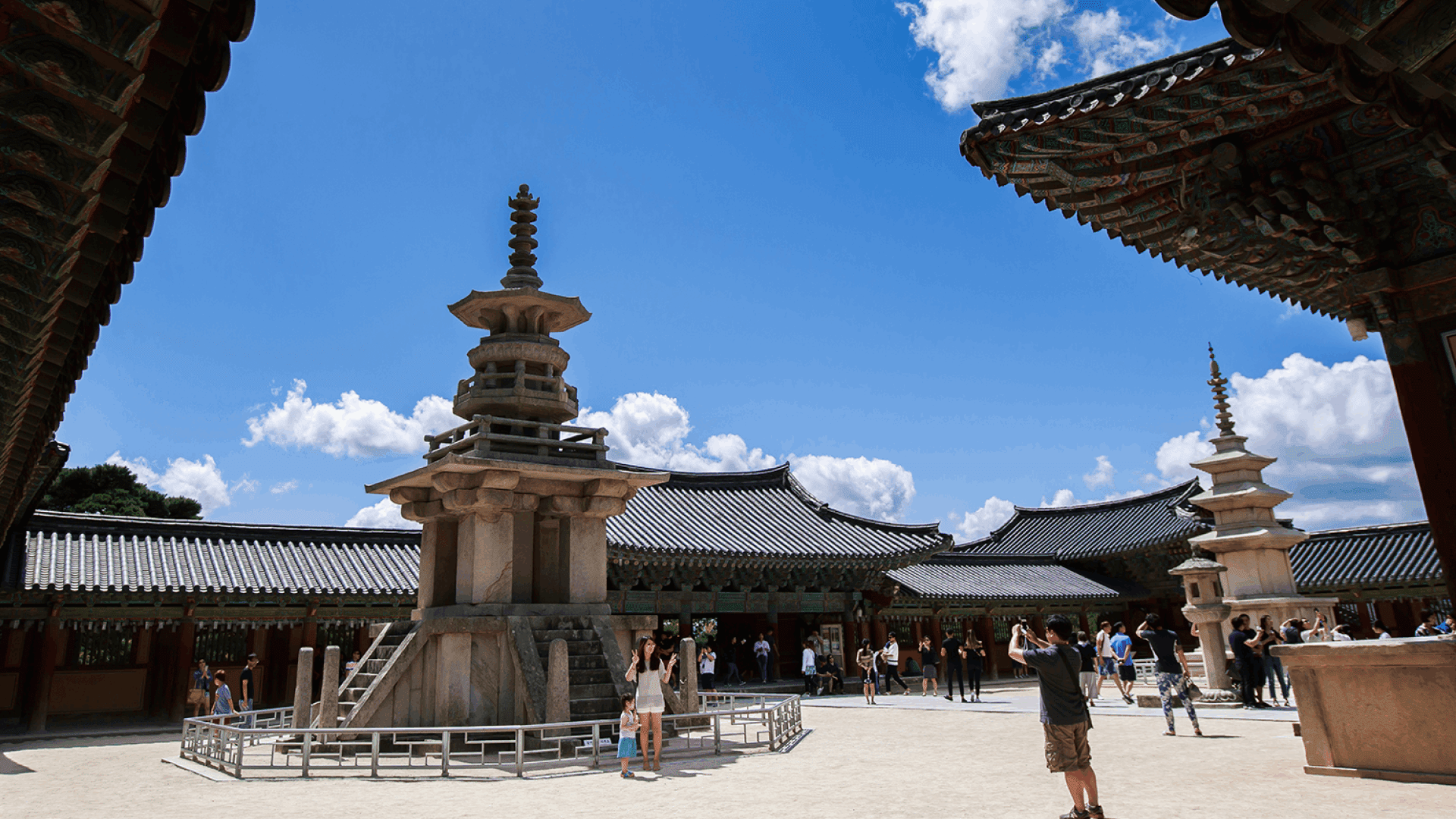





Seokguram Grotto and Bulguksa Temple in Gyeongju are ancient Buddhist sites created by Kim Dae-seong, the prime minister of Silla, from 751 to 774. Seokguram Grotto is comprised of a grotto built by applying elaborate mathematical and geometric principles and architectural techniques with a statue of the Sakyamuni Buddha and several reliefs that display an intricate sense of aesthetics. Considered the “Buddha Land,” Bulguksa Temple shows the uniqueness of temple architecture of ancient Korea through the harmonious structure and layout of wooden buildings with stone stereobates and stone pagodas.
Seokguram Grotto was made of granite, and 38 statues, including that of the Sakyamuni Buddha at the center of the dome-style main room, were exquisitely carved on surrounding walls, antechambers and corridors. The Principal Buddha is sitting on a lotus flower-shaped pedestal with a mystical expression of kindness, gentleness and grandness. The hands of the Buddha are in Bhumisparsha mudra, which is the position to ward off temptations of the devil and touch the earth to prove the glory of Buddha. Flagstones on the wall behind the Principal Buddha play a role similar to that of a halo, adding grace and sacredness to the Buddha statue, and people can look up to the center of the antechamber.
Bulguksa Temple is comprised of three “kingdoms of Buddha.” With Daeungjeon Hall at the center, the pavilion, Cheonungyo and Baegungyo Bridges, and Dabotap and Seokgatap Pagodas make up the largest space that represents the world of suffering where Buddha resides. The space where Geungnakjeon Hall, Chilbogyo Bridge and Yeonhwagyo Bridge are located represents the Amitabha Buddha’s land of utmost bliss, and the space where Birojeon Hall and Gwaneumjeon Hall are located represents the Lotus Sanctuary.
Buildings were constructed by using coarse natural stones to build the stereobates and then stacking polished artificial stones on top in a well-balanced way to reinforce the buildings. The fact that Cheonungyo and Baegungyo Bridges are big and fancy, while Yeonhwagyo and Chilbogyo Bridges are small and simple, and the differently-styled Dabotap and Seokgatap Pagodas are proof of harmony and beauty of contrasts.

Seokguram Grotto and Bulguksa Temple in Gyeongju are ancient Buddhist sites created by Kim Dae-seong, the prime minister of Silla, from 751 to 774. Seokguram Grotto is comprised of a grotto built by applying elaborate mathematical and geometric principles and architectural techniques with a statue of the Sakyamuni Buddha and several reliefs that display an intricate sense of aesthetics. Considered the “Buddha Land,” Bulguksa Temple shows the uniqueness of temple architecture of ancient Korea through the harmonious structure and layout of wooden buildings with stone stereobates and stone pagodas.
Seokguram Grotto was made of granite, and 38 statues, including that of the Sakyamuni Buddha at the center of the dome-style main room, were exquisitely carved on surrounding walls, antechambers and corridors. The Principal Buddha is sitting on a lotus flower-shaped pedestal with a mystical expression of kindness, gentleness and grandness. The hands of the Buddha are in Bhumisparsha mudra, which is the position to ward off temptations of the devil and touch the earth to prove the glory of Buddha. Flagstones on the wall behind the Principal Buddha play a role similar to that of a halo, adding grace and sacredness to the Buddha statue, and people can look up to the center of the antechamber.
Bulguksa Temple is comprised of three “kingdoms of Buddha.” With Daeungjeon Hall at the center, the pavilion, Cheonungyo and Baegungyo Bridges, and Dabotap and Seokgatap Pagodas make up the largest space that represents the world of suffering where Buddha resides. The space where Geungnakjeon Hall, Chilbogyo Bridge and Yeonhwagyo Bridge are located represents the Amitabha Buddha’s land of utmost bliss, and the space where Birojeon Hall and Gwaneumjeon Hall are located represents the Lotus Sanctuary.
Buildings were constructed by using coarse natural stones to build the stereobates and then stacking polished artificial stones on top in a well-balanced way to reinforce the buildings. The fact that Cheonungyo and Baegungyo Bridges are big and fancy, while Yeonhwagyo and Chilbogyo Bridges are small and simple, and the differently-styled Dabotap and Seokgatap Pagodas are proof of harmony and beauty of contrasts.





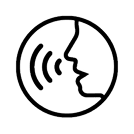



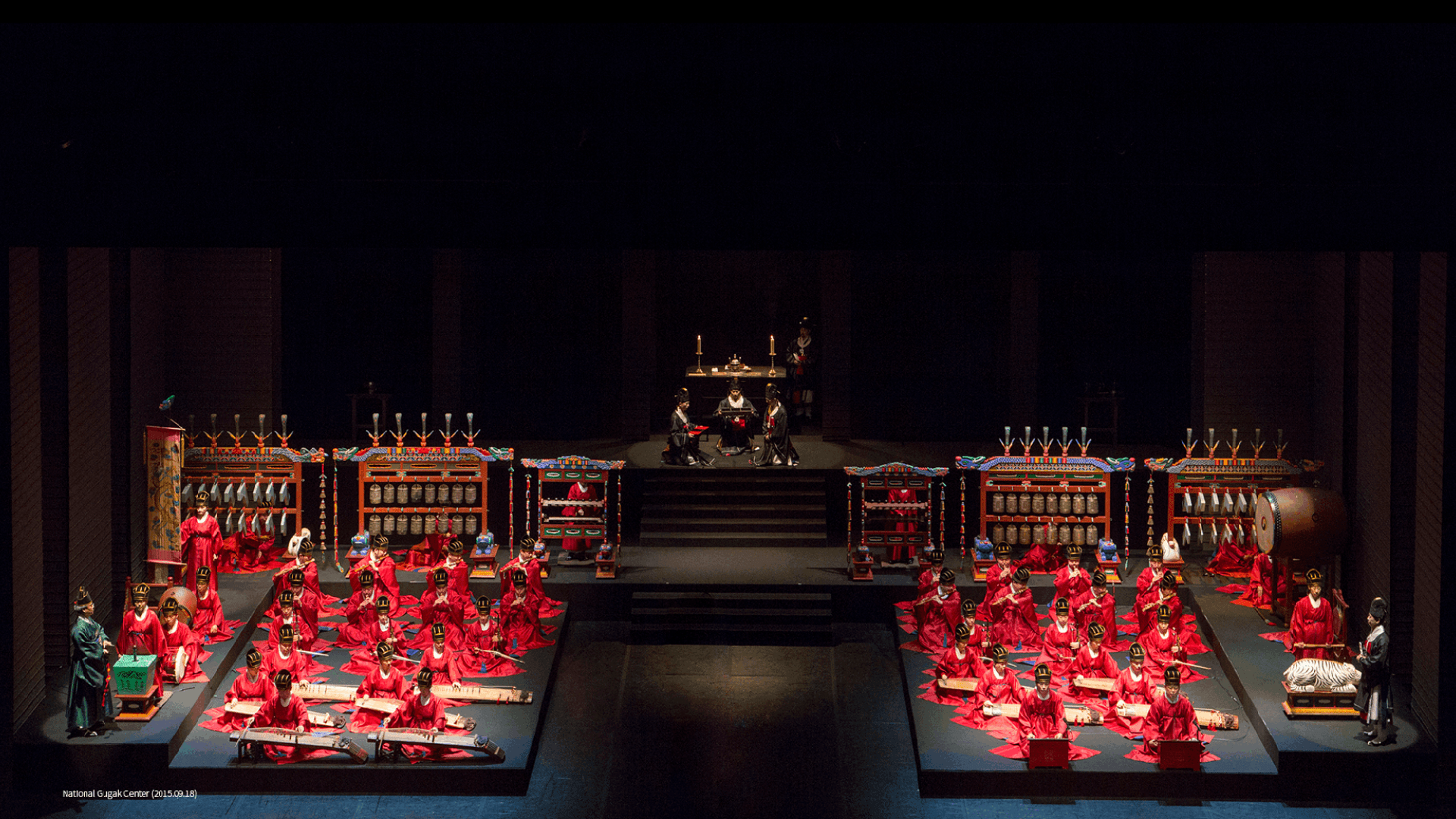






INFORMATION
Jongmyo Shrine
Address: 157 Jong-ro, Jongno-gu, Seoul
Phone: 02-765-0195
Operating hours: 09:00–18:00 (Weekdays open for guided tours (English, Japanese and Chinese), Saturdays and national holidays open for regular admission. Closed on Tuesdays.)
Web: jm.cha.go.kr
Transportation: 5-minute walk from Exit 11 of Jongno 3-ga Station, Subway Line 1, 3 or 5
Royal Ancestral Ritual in the Jongmyo Shrine
Annually on first Sunday of May and first Saturday of November
National Palace Museum of Korea






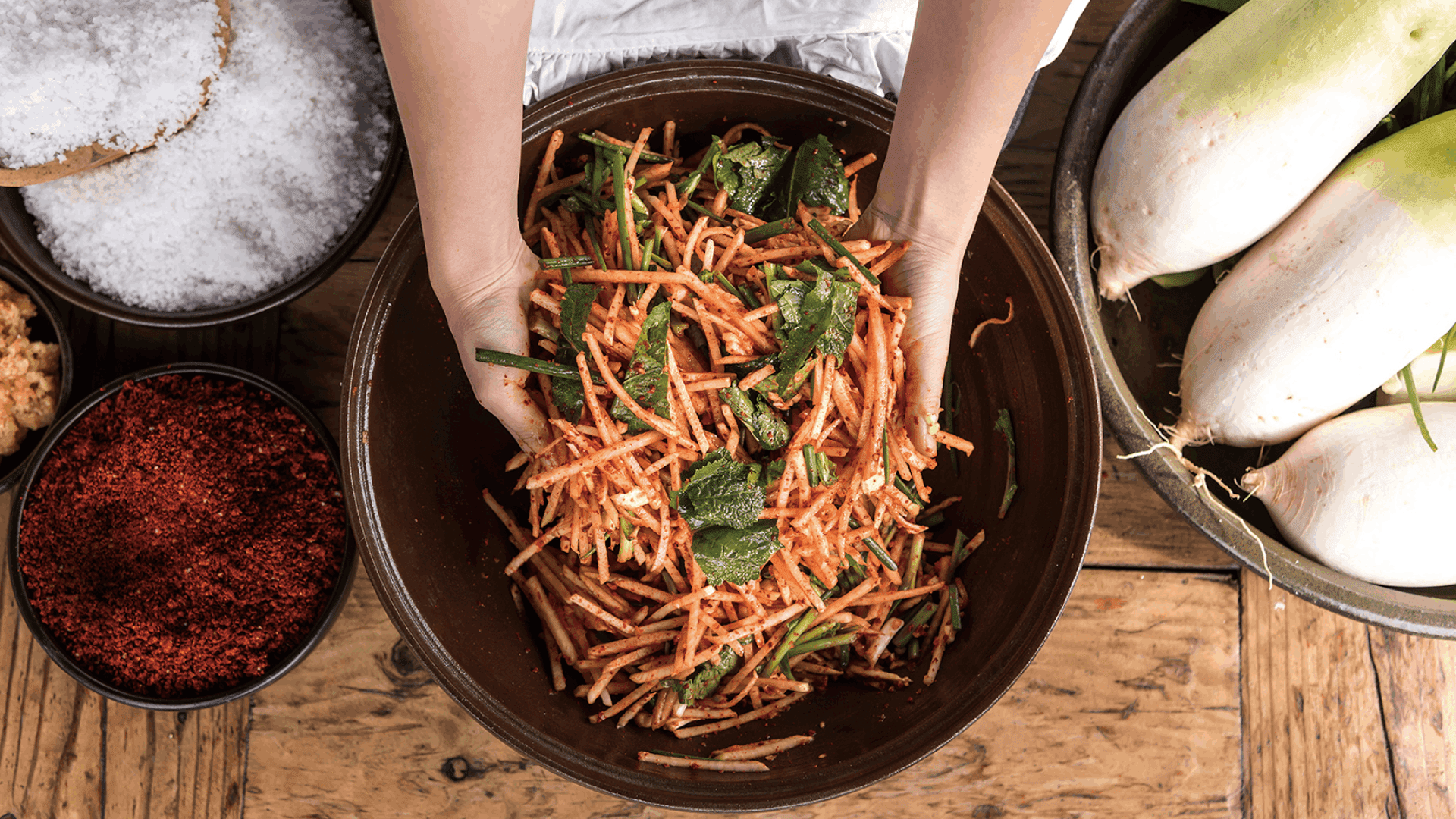





Kimjang, also spelled as gimjang, is the tradition of making large amounts of kimchi to eat through the cold winter. Kimchi, or dimche as it was called in the olden days, is preserved vegetables seasoned and fermented with various spices and seafood. Kimjang is an old custom and living culture involving a family’s unique recipe for kimchi, which is passed down through generations. Families and communities are brought together through this annual event.
There are hundreds of varieties of kimchi, and regardless of the social class and region, kimchi is an essential part of the Korean meal table. Full of vitamins, minerals and lactic acid bacteria, this staple of the Korean diet is purported to strengthen the immunity of regular consumers and deliver lots of nutrients. Usually, kimchi is prepared frequently using vegetables in season, but to prepare for winter, when snow blankets the peninsula and vegetables are hard to find, large quantities of kimchi are made and preserved.
Kimjang used to be a year-long process, with regular duties for each season. In spring, each household made jeotgal by salting and preserving seafood such as shrimp and anchovies, by summer they bought bay salt and removed excess bitterness from it, then in late summer, chili pepper powder was made, and in late fall, a day when the weather was just right and everyone could get together for kimjang was selected. Kimchi hangari, which are clay pots used for storing kimchi, were also prepared and buried in the ground.
Kimjang concentrates on “whole cabbage kimchi,” which is made by adding various seasonings and condiments to whole heads of napa cabbage and mixing together. First, cabbages brined one or two days prior are thoroughly rinsed in water then drained. Next, a seasoning made of radish, green onions, mustard leaves, garlic, ginger, chili pepper powder, salted seafood (jeotgal) and other seafood are mixed and rubbed and spread between each leave. During kimjang, various other types of kimchi are also made in addition to whole cabbage kimchi, including dongchimi (radish water kimchi), which is made by fermenting radish in brine; pagimchi (green onion kimchi), made by seasoning green onions, and kkakdugi (diced radish kimchi).
Nowadays, as the family structure and housing culture have changed, most households buy their kimchi, instead of making at home. However, many communities and organization host various kimjang events and festivals to make great amounts of kimchi to be shared with elders and those in need. The Korean kimjang culture is a beautiful custom where neighbors get together and bond while sharing their kimchi and secret recipes. In addition, almost every Korean household owns a “kimchi refrigerator,” an electric appliance that only exists in Korea, to store kimchi for a prolonged time at a desired temperature and humidity.
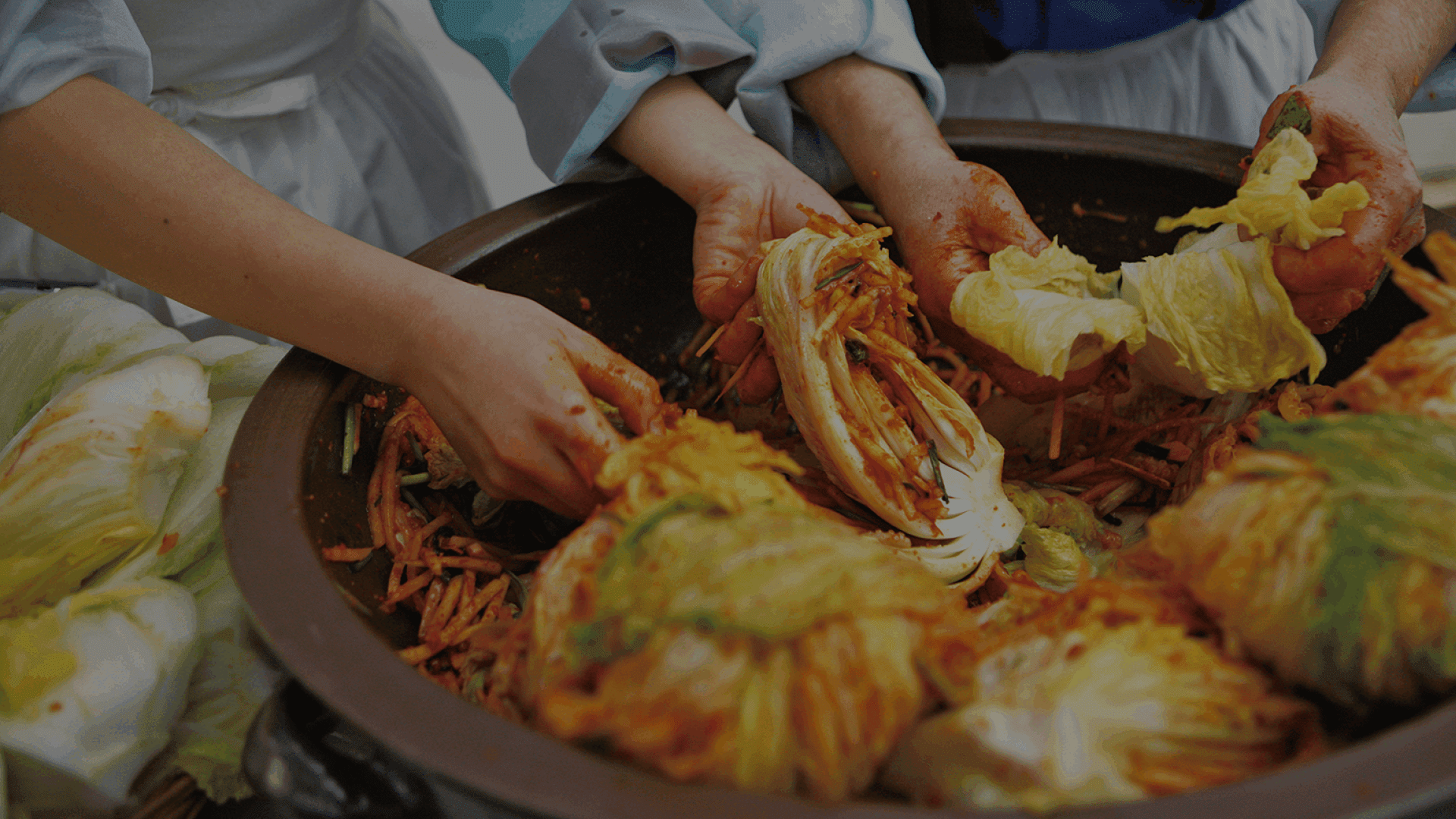






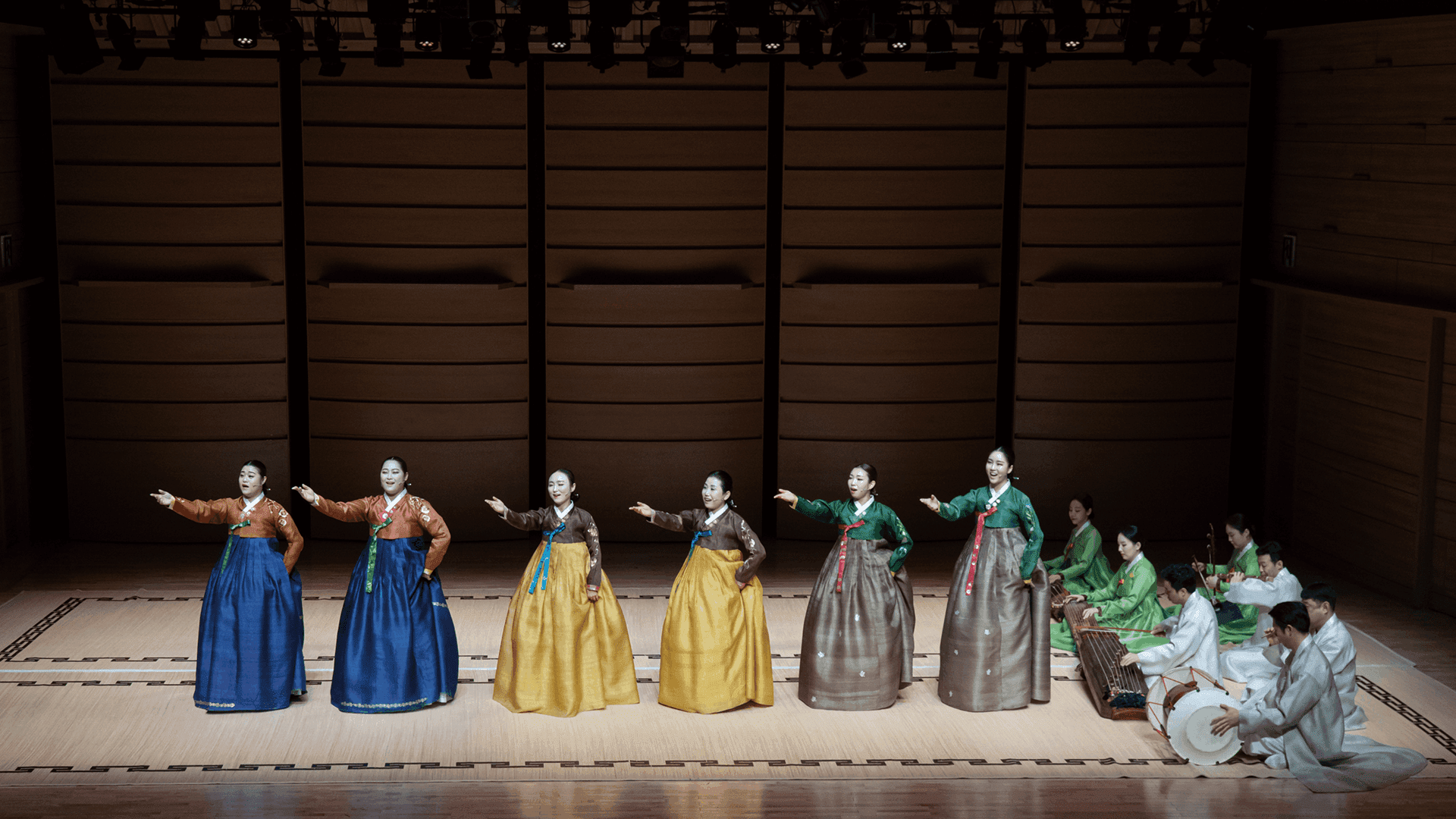










Jeongseon Arirang

Jindo Arirang

Miryang Arirang
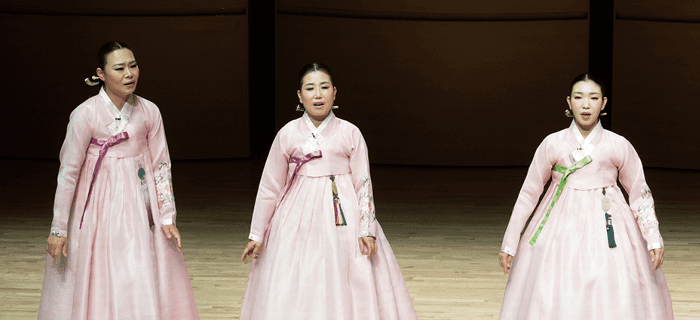



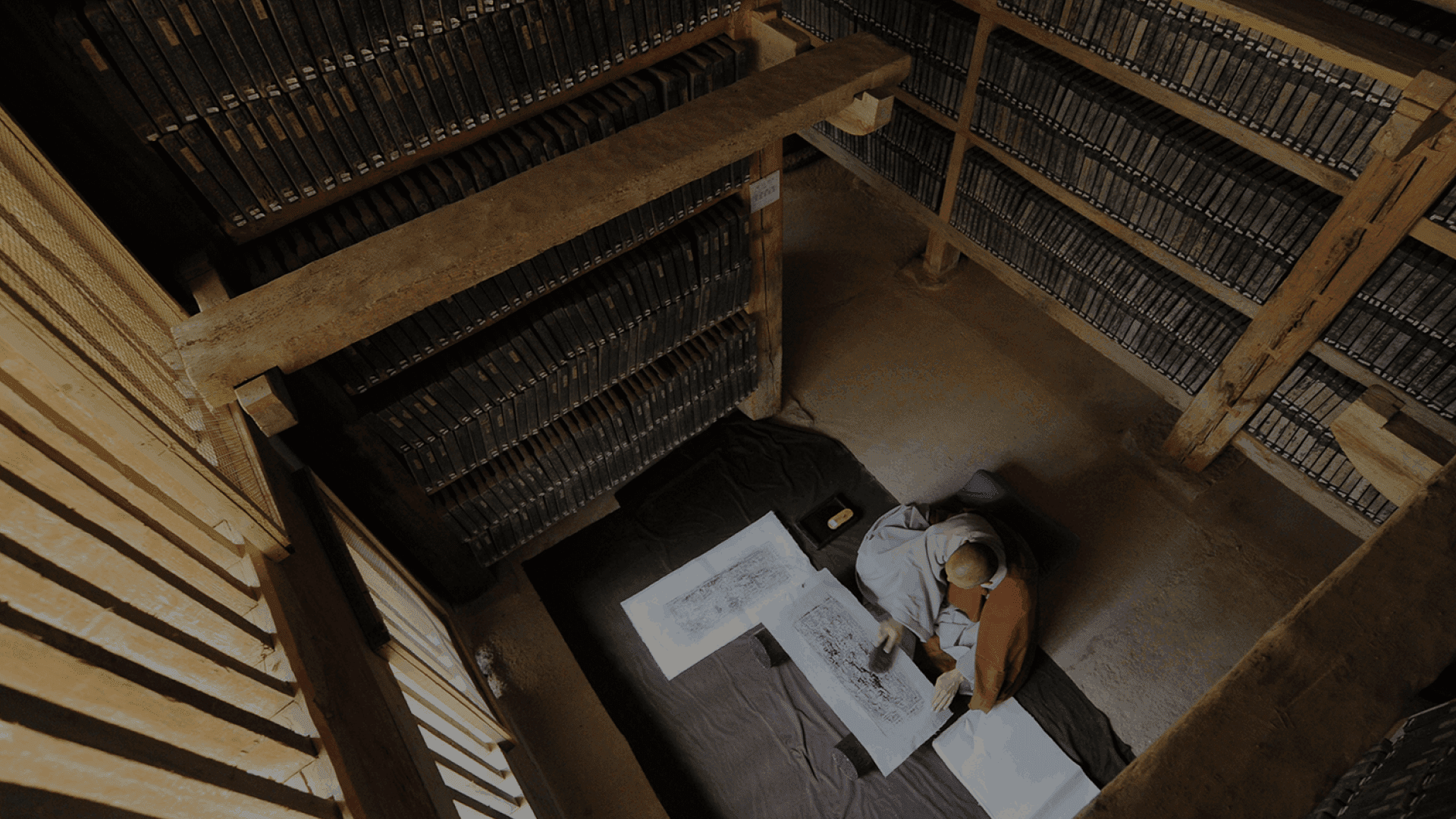


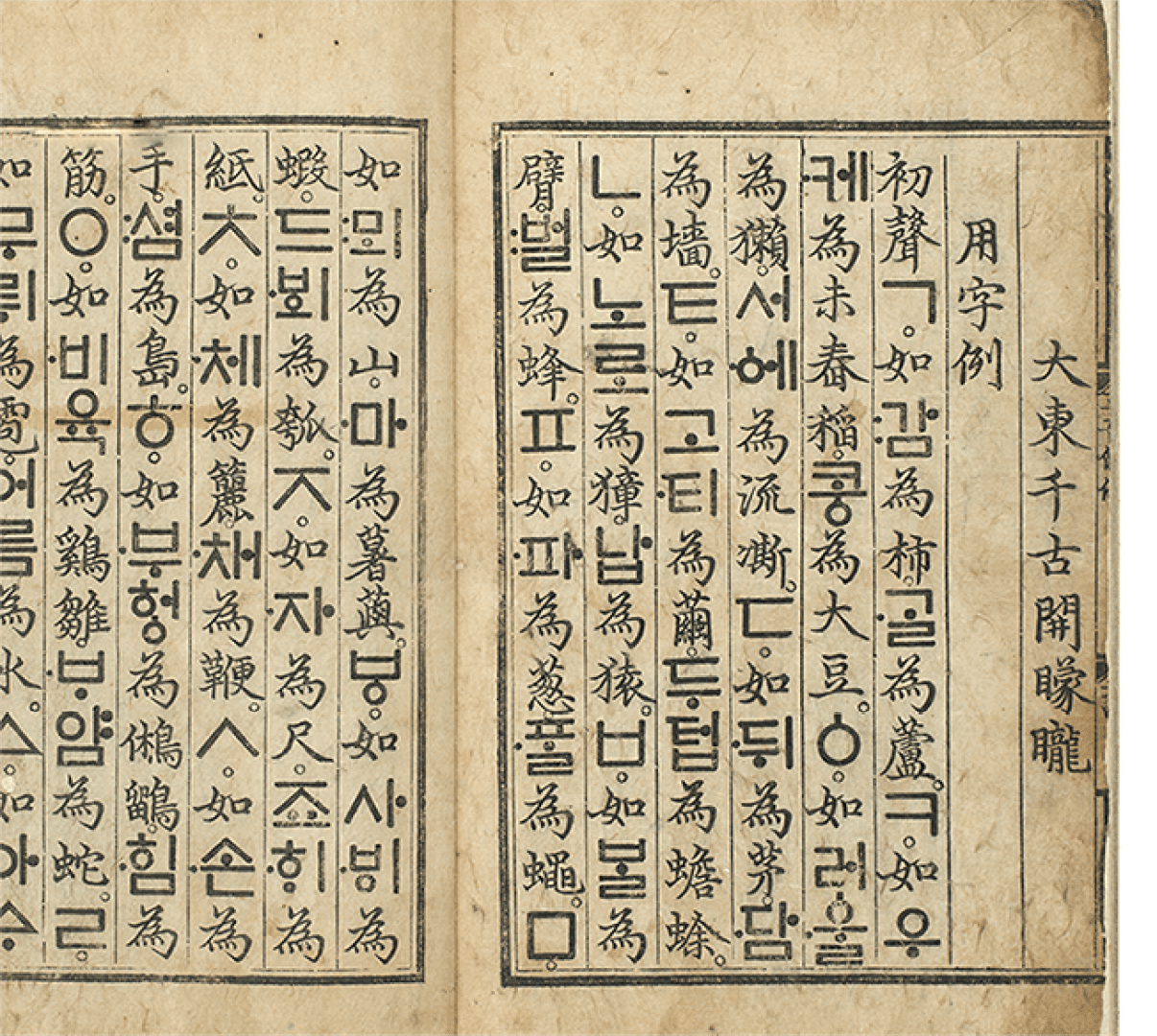







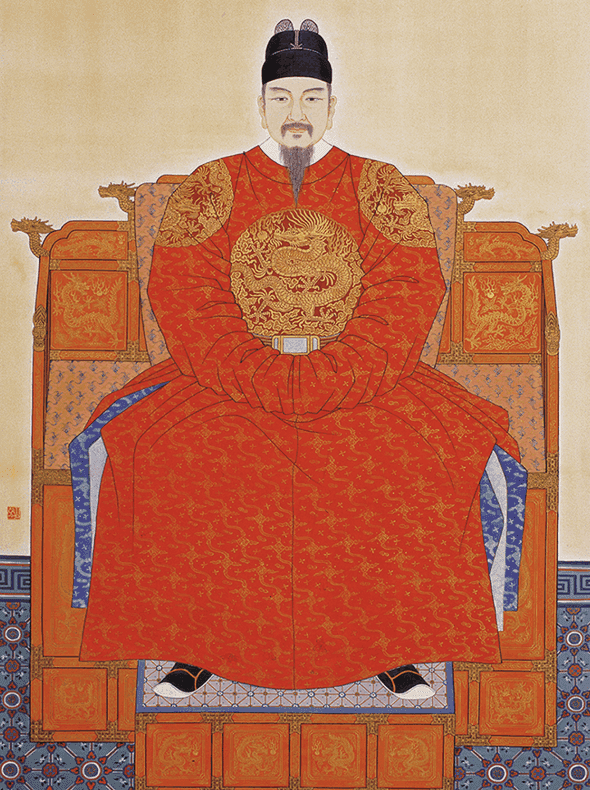








NATIONAL HANGEUL MUSEUM













Uigwe: The Royal Protocols of the Joseon Dynasty are books that summarized major events of the Joseon Dynasty (1392–1910) through texts and illustrations, and events are categorized by period and theme. The books produced in early Joseon were lost in fires during Imjinwaeran, the Japanese Invasion of Korea (1592–1598), but more than 4,000 books from the 17th century to 20th century still remain. The 2,940 books of 546 categories housed in Seoul National University’s Kyujanggak, and 490 books of 287 categories stored in the Academy of Korean Studies were added to UNESCO’s Memory of the World Register.
The royal family of the Joseon Dynasty left records of special events like coronations, marriages and funerals of kings and queens, as well as regular events, such as entertaining foreign envoys, so that later generations could refer to them. In Uigwe, the entire process of an event, including list of staff members, number of employees, work allotment, list of used items, and expenses, were all recorded in detailed texts and illustrations.
Banchado and Doseol, both illustrated depictions of events, offer a lively written and three-dimensional visual accounting of the events. In addition, the texts and illustrations also reflect the era, showing lifestyles of the time.
Five to nine manuscripts or printed copies were made for each Uigwe. The king’s copy, called “Eoramyong,” was different from other copies, which were produced to be divided and stored in major government offices or historical archives. Only one copy of each Uigwe was made for the king. They were produced on high-quality paper with a silk cover and decorations, and palanquins, ceremonial objects as well as facial expressions were more detailed and colorful.
Uigwe is also a record that preserves past legacies of the Confucian society, the dominant ideology in East Asia at that time. Confucianism put special emphasis on ceremonials and rituals as a tool to rule the people and maintain social order. The universal philosophy of Confucianism can be seen through the books that documented national ceremonies of the Joseon Dynasty, which used Confucianism as its ruling principle.

Uigwe: The Royal Protocols of the Joseon Dynasty are books that summarized major events of the Joseon Dynasty (1392–1910) through texts and illustrations, and events are categorized by period and theme. The books produced in early Joseon were lost in fires during Imjinwaeran, the Japanese Invasion of Korea (1592–1598), but more than 4,000 books from the 17th century to 20th century still remain. The 2,940 books of 546 categories housed in Seoul National University’s Kyujanggak, and 490 books of 287 categories stored in the Academy of Korean Studies were added to UNESCO’s Memory of the World Register.
The royal family of the Joseon Dynasty left records of special events like coronations, marriages and funerals of kings and queens, as well as regular events, such as entertaining foreign envoys, so that later generations could refer to them. In Uigwe, the entire process of an event, including list of staff members, number of employees, work allotment, list of used items, and expenses, were all recorded in detailed texts and illustrations.
Banchado and Doseol, both illustrated depictions of events, offer a lively written and three-dimensional visual accounting of the events. In addition, the texts and illustrations also reflect the era, showing lifestyles of the time.
Five to nine manuscripts or printed copies were made for each Uigwe. The king’s copy, called “Eoramyong,” was different from other copies, which were produced to be divided and stored in major government offices or historical archives. Only one copy of each Uigwe was made for the king. They were produced on high-quality paper with a silk cover and decorations, and palanquins, ceremonial objects as well as facial expressions were more detailed and colorful.
Uigwe is also a record that preserves past legacies of the Confucian society, the dominant ideology in East Asia at that time. Confucianism put special emphasis on ceremonials and rituals as a tool to rule the people and maintain social order. The universal philosophy of Confucianism can be seen through the books that documented national ceremonies of the Joseon Dynasty, which used Confucianism as its ruling principle.





















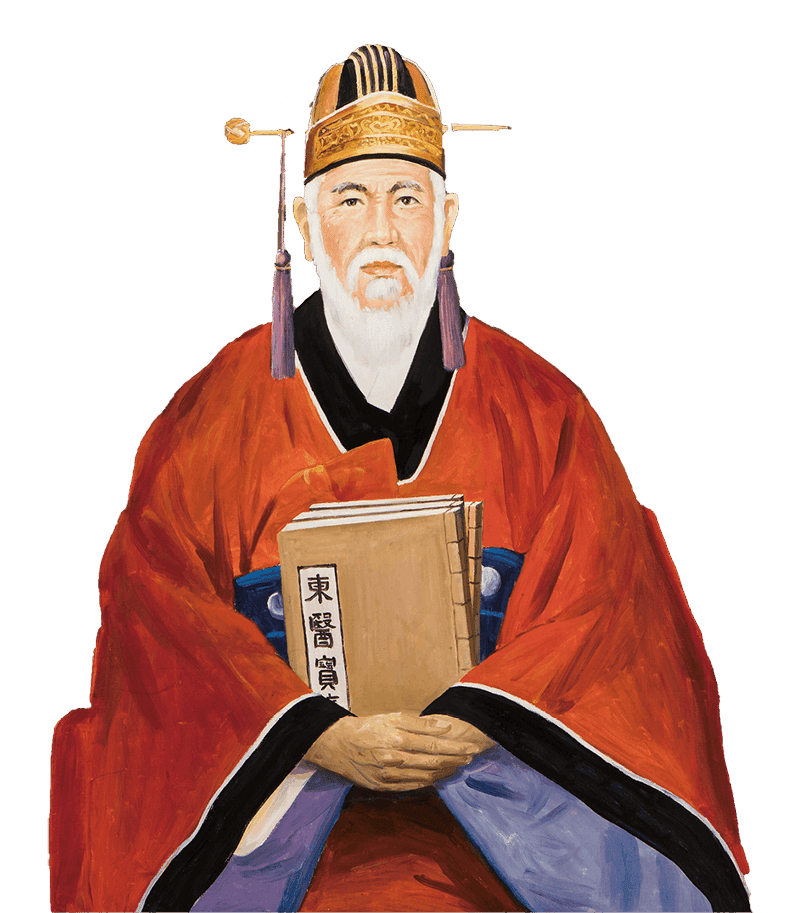












To learn more about UNESCO World Heritage in Korea,
you can request a copy of our book through email, or go to visitkorea.or.kr for the ebook version.
To learn more about UNESCO World Heritage in Korea,
you can request a copy of our book through email, or go to visitkorea.or.kr for the ebook version.
Americas
Los Angeles
New York
Toronto
Oceania
Sydney
Europe
Frankfurt
Paris
London
Moscow
Vladivostok
Head Office
Address: 10 Segye-ro, Wonju-si, Gangwon-do 26464, Republic of Korea
Phone: +82-33-738-3000
Web: kto.visitkorea.or.kr
Web: visitkorea.or.kr
EBOOK
Overseas Offices
China
Beijing
Shanghai
Guangzhou
Shenyang
Chengdu
Xian
Wuhan
Hong Kong
Japan
Tokyo
Osaka
Fukuoka
Asia
Singapore
Bangkok
Taipei
Kuala Lumpur
Dubai
New Delhi
Hanoi
Jakarta
Manila
Istanbul
Almaty
Ulaanbaatar


